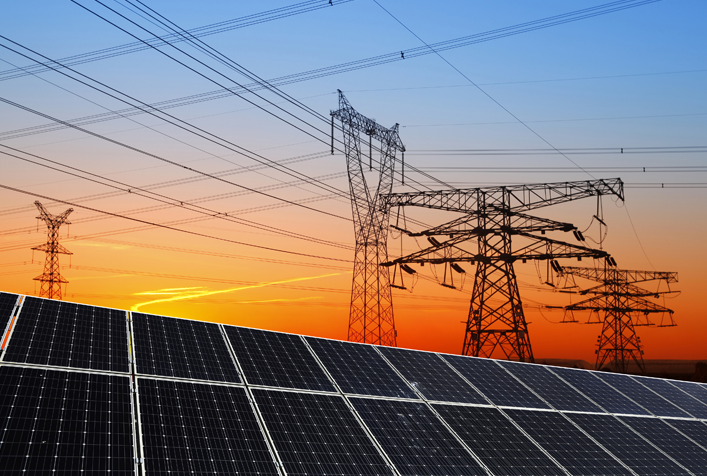Educating Energy Consumers About Energy Attribute Certificates

Project Brief
The Challenge
Energy consumers often choose to purchase energy sourced from specific resources, such as wind, to reduce the emissions associated with their energy consumption. However, when energy from any source is comingled and distributed through a shared network (e.g., electricity on a regional grid, gas in a pipeline distribution system), the energy delivered to the consumer may have different attributes (e.g., proportions of clean versus carbon-polluting sources) than the energy they purchased. An accounting method, energy attribute certificates (EACs), has been established to resolve this issue. Under this method, independent web-based registries verify energy generation and document the attributes by electronically issuing EACs for each megawatt-hour of generation. EACs are contractual instruments that legally convey ownership of the generation attributes to the purchaser. They are essential for substantiating, tracking, and allocating energy generation, delivery, and consumption on a shared energy distribution network and for maintaining transparency and clarity in energy sector transactions. The U.S. Environmental Protection Agency wanted to help energy consumers better understand what EACs are and how they are used. They contracted with ERG to develop an informational document for this purpose.
ERG's Solution
Working collaboratively with EPA, ERG’s team of energy and communications experts developed an outline and identified appropriate sources for this complex topic. They then developed a draft that described (in as plain language as possible while maintaining technical accuracy) what EACs are; why they are necessary for the accounting of energy transactions; common EAC uses (e.g., to substantiate the attributes of energy sold and purchased, to document supplier compliance with clean energy requirements, and to support greenhouse gas accounting); and potential new roles for EACs. ERG graphic artists designed and desktop-published a PDF version of the final informational document, which EPA then published in the “Green Power Markets” section of the agency’s website.
Client
U.S. Environmental Protection Agency